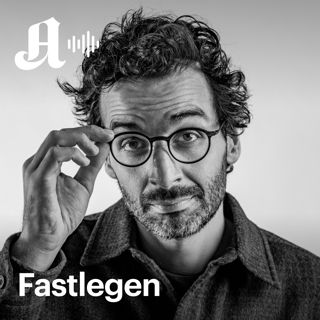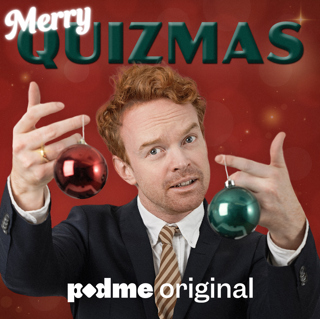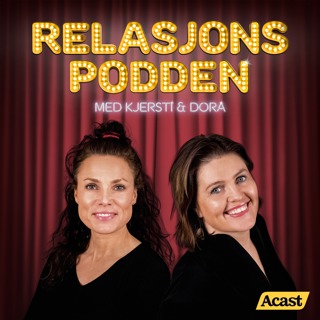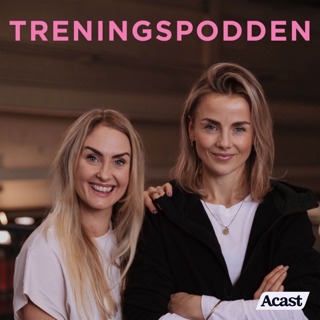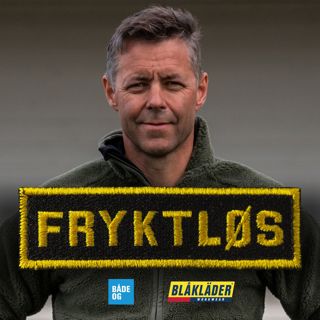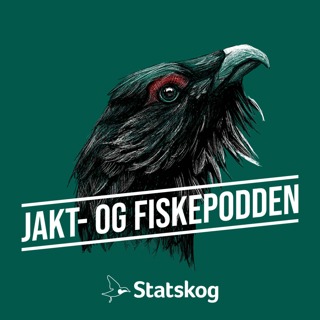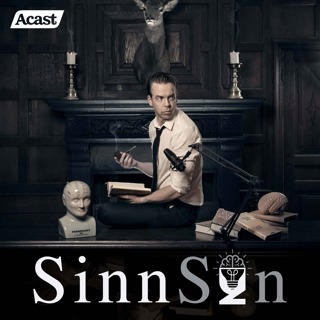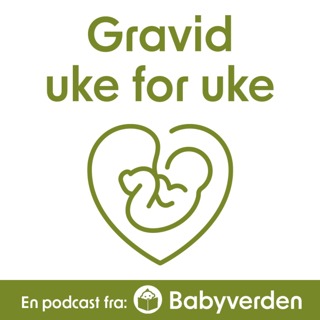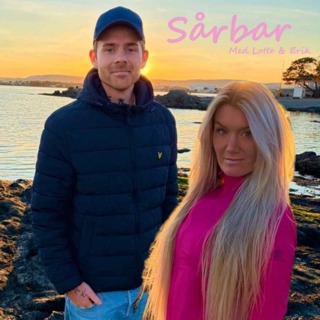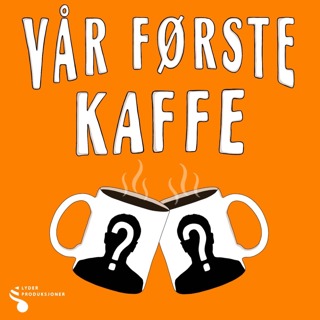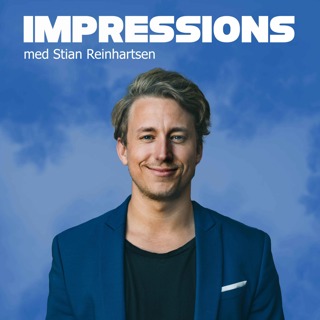
Ep. 93 Deep Venous Arterialization for CLI with Dr. Fadi Saab
In this episode, Dr. Fadi Saab joins Dr. Sabeen Dhand to discuss deep venous arterialization for critical limb ischemia. Dr. Saab explains how gained experience in this procedure and the changes in treatment of CLI that have occurred over the past few years. We discuss the concept of deep venous arterialization and some common patient concerns. We talk about working as a team with podiatrists and wound care specialists, who the best candidates for deep venous arterialization are, and Dr. Saab explains the term “white stop sign.” We discuss the setting of these procedures and why having the right support staff throughout the case is so important. We examine the technique and steps of the deep venous arterialization procedure, as well as potential pitfalls to avoid. Dr. Saab describes his protocol for post-procedure care, and we discuss how technology has impacted this field in recent years. RESOURCES MENTIONED: https://www.iset.org/ Use the discount code (BACKTABLE) to register for ISET. CLI Fighters Global Society https://www.cliglobalsociety.org/
2 Nov 202047min

Ep. 92 Interventional Oncology in Private Practice- Part II Approach to HCC with Dr. Justin Lee
In this episode, Dr. Justin Lee joins Dr. Christopher Beck to discuss hepatocellular carcinoma (HCC) and interventional oncology in private practice. Dr. Lee tells us how he frames his HCC patients and works with medical oncologists for treatment plans and procedures. We talk about the importance of IR bringing cases to the tumor board, the evolution of cases involving ablation, and why Dr. Lee started moving towards radioembolization (Y90). We review how to approach HCC cases while working with medical oncologists. We examine the differences between using resin and glass for radioembolization and when they should be used. Dr. Lee shares why IR should start looking into arterial drug delivery for immunotherapies. RESOURCES MENTIONED: NEJM: Atezolizumab plus Bevacizumab in Unresectable Hepatocellular Carcinoma https://www.nejm.org/doi/10.1056/NEJMoa1915745 This paper, mentioned by Dr. Lee, discusses the third phase of an HCC trial.
28 Okt 202042min

Ep. 91 Interventional Oncology in Private Practice- Part I Practice Building with Dr. Justin Lee
In this episode, Dr. Justin Lee joins Dr. Christopher Beck to discuss interventional oncology in private practice. We talk about challenges that come with developing a private practice, the transition from academics to community hospitals, and how to be comfortable speaking the language of oncologists. Dr. Lee emphasizes why it is important to come out of a fellowship knowing the latest information in the field, and we cover some important details regarding scheduling oncology patients. We discuss ways to build physician-physician relationships when it comes to referrals and why it is important to remember that not everyone knows what an interventional radiologist is or the services they might offer. Dr. Lee mentions how he made adjustments at his private practice to maintaining a healthy conversation between diagnostic and interventional radiology.
26 Okt 202027min

Ep. 90 Pedal Acceleration Time for Limb Salvage with Jill Sommerset and Dr. Mary Costantino
In this episode, Jill Sommerset joins Dr. Mary Costantino to discuss how she developed Pedal Acceleration Time (PAT) for limb salvage. She begins by talking about what got her into vascular ultrasound and the importance of vascular techs, especially for pre-operative planning. We discuss how she invented the pedal acceleration time technique by tracking data from foot scans. Jill speaks about PAT classifications and how they correlate to ABI (Ankle-Brachial Index) numbers. We talk through how they use pedal acceleration time on a typical day and for some different types of patients. We go over some of the limitations of PAT and some of the cases where it is extremely helpful. Jill discusses her role in the cath lab, how she is developing a platform for pedal acceleration time training, and why it is important for both the physician and vascular tech to learn about PAT. RESOURCES MENTIONED: International Symposium on Endovascular Therapy www.iset.org Use the discount code (backtable) to register for ISET.
19 Okt 202050min

Ep. 89 Online Education in Vascular Medicine: do we have the best format? with Dr. Theodosios Bisdas
In this episode, Dr. Theodosios Bisdas joins Dr. Aaron Fritts to discuss online education and his e-learning platform, Vascupedia. Dr. Bisdas talks about how he started the platform and the three main parts of the website: main arena, polling station, and exhibition area. We talk about how social media has helped expand his platform to American audiences and how to collaborate with companies and medical societies to present new devices. We go over some of the main challenges of e-learning and why it is important for physicians to have time to watch webinars. Dr. Bisdas emphasizes the value of virtual learning, having forums for international conversation, and he speaks about his hopes for the future of Vascupedia. We discuss the benefits of on-demand, high quality online content and the importance of platforms created by physicians for physicians. Reflect on how this Podcast applies to your day-to-day and earn AMA PRA Category 1 CMEs here: https://earnc.me/jGVeCR RESOURCES MENTIONED: Vascupedia https://vascupedia.com/ This website contains the online learning platform mentioned by Dr. Bisdas.
13 Okt 202028min

Ep. 88 Intro to Structural Heart Disease with Dr. Raj Narayan
In this episode, Dr. Rajeev Narayan joins Dr. Achal Sahai to discuss structural heart disease and the (Transcatheter aortic valve replacement) TAVR procedure. Dr. Narayan talks us through what an average working week looks like and speaks to the importance of having a great referral network. We define structural heart disease and discuss the development of the TAVR procedure for high risk patients and how the process is different from a regular cardiac surgery. We examine what can make a patient with structural heart disease high risk and eligible for TAVR. We talk through how access has changed over the years and some of the more technical aspects of these procedures. Dr. Narayan gives some advice to trainees and emphasizes the importance of learning to face complications on your own. Reflect on how this Podcast applies to your day-to-day and earn AMA PRA Category 1 CMEs here: https://earnc.me/scgy25
10 Okt 202052min

Ep. 87 Deep Dive Into Ascites with Dr. Rajeev Suri
In this episode, Dr. Rajeev Suri joins Dr. Christopher Beck to discuss ascites and paracentesis. Dr. Suri touches on what a potential paracentesis candidate might present with and speaks about why no lab values or blood tests are needed prior to the procedure. We discuss the basic steps for removing ascites, how to find the side with the biggest pocket, and preventing leakage by using a Z pattern. He speaks to the circumstances for using direct US guidance rather than intermittent and when, if ever, to use glue or stitches after paracentesis. We mention the benefits of utilizing the Renova Pump for fluid removal and discuss why Dr. Suri might use a vacuum container bottle rather than a wall suction. Lastly, we examine some methods for managing recurring patients in the ascites clinic. Dr. Suri also discusses how his practice has incorporated a paracentesis clinic to reduce the number of emergency room visits for ascites and how this practice has improved workflow and patient access to an interventional radiologist. RESOURCES MENTIONED: RenovaRP® Paracentesis Management System www.rethinkparas.com This website allows you to download the case study mentioned by Dr. Beck and check out other products from GI Supply. AASLD Guidelines https://www.aasld.org/publications/practice-guidelines This website includes the 2013 guidelines for ascites management. SIR Coagulation Guidelines https://www.jvir.org/article/S1051-0443(19)30407-5/pdf This pdf has recommendations for periprocedural management of thrombotic and bleeding risks in patients. Denver Shunts https://www.ajronline.org/doi/full/10.2214/AJR.12.9203 This article, mentioned by Dr. Suri, discusses the placement and management of Denver shunts for portal hypertensice ascites.
6 Okt 202040min

Ep. 86 Building a PAD practice with Dr. Srini Tummala
Building a PAD practice with Dr. Srini Tummala by BackTable
3 Okt 202044min


